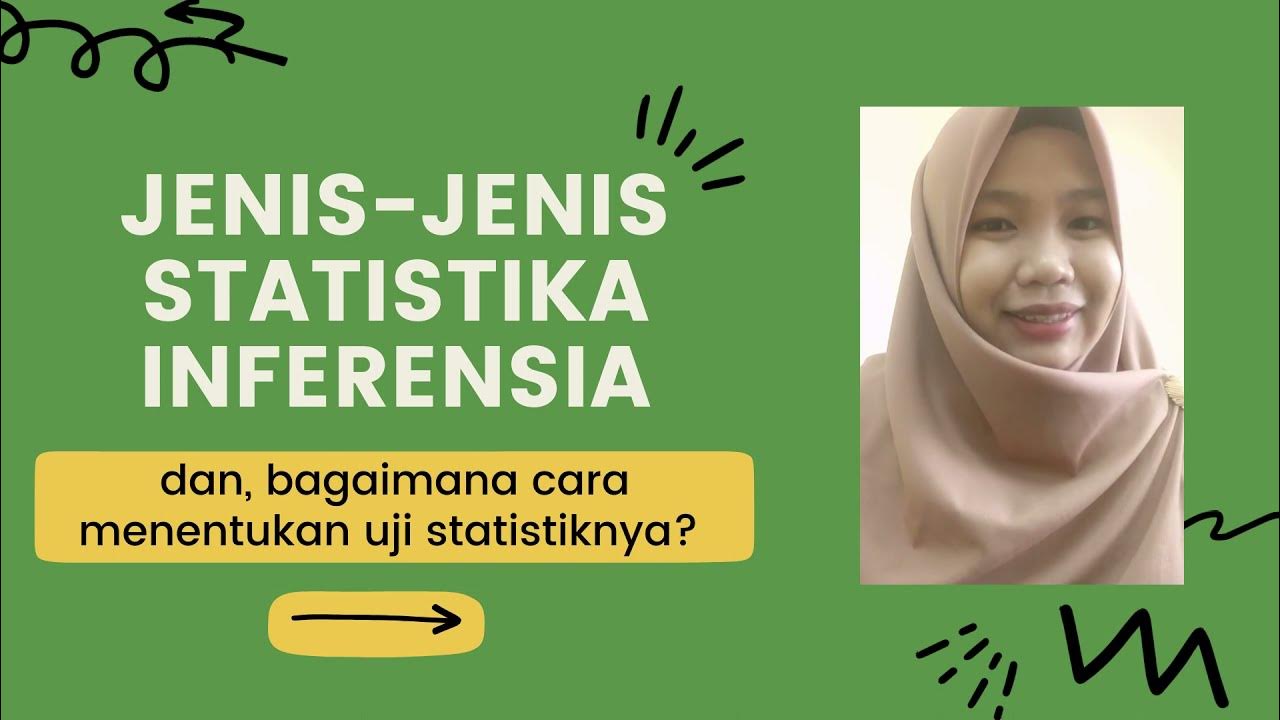Analisis Data Penelitian Eksperimen Pretes-Postes Control Group dengan ANCOVA
Summary
TLDRIn this tutorial, the speaker explains the process of data analysis in experimental design, focusing on statistical techniques like ANOVA and SPSS. The session covers how to analyze the effects of behavioral counseling on student discipline, using pretest and posttest measurements. The speaker walks through the process of comparing experimental and control groups, highlighting the steps in SPSS, including assumptions, hypothesis testing, and interpreting output. By the end, the viewer learns how to determine whether the behavioral counseling technique significantly impacts student discipline, using statistical methods to support the conclusions.
Takeaways
- 😀 The analysis focuses on using MANOVA in SPSS to assess the impact of group counseling with behavior modification techniques on student discipline.
- 😀 The experimental design involves pretest-posttest measurements for both the experimental and control groups.
- 😀 MANOVA is chosen for this analysis to compare posttest results while accounting for pretest scores.
- 😀 Key assumptions for using MANOVA include having dependent variables on an interval or ratio scale, normal data distribution, and homogeneity between groups.
- 😀 The null hypothesis suggests no significant difference between the experimental and control groups in terms of student discipline.
- 😀 SPSS is used to input and analyze the data, with specific steps for entering pretest and posttest results for both groups.
- 😀 The statistical analysis involves comparing the significance value (p-value) with the alpha level (0.05) to decide whether to reject the null hypothesis.
- 😀 A p-value less than 0.05 indicates that the null hypothesis is rejected, meaning the group counseling significantly impacted student discipline.
- 😀 The output of the SPSS analysis includes descriptive statistics, estimates of effects, and parameter estimates.
- 😀 The script emphasizes the importance of interpreting SPSS output correctly, particularly the significance values and mean differences between groups.
- 😀 Finally, the analysis concludes that the experimental group showed a significant improvement in student discipline compared to the control group, supporting the effectiveness of the counseling intervention.
Q & A
What is the focus of the video script?
-The video focuses on statistical data analysis, specifically analyzing data in experimental design. It discusses techniques like pretest-posttest designs, statistical methods like ANCOVA, and interpreting results from experiments.
What are the main types of experimental designs mentioned?
-The main types of experimental designs mentioned are pretest-posttest designs, with additional emphasis on processes like matching between experimental and control groups.
What statistical method is suggested for comparing posttest results?
-The recommended statistical method for comparing posttest results is ANCOVA (Analysis of Covariance), which adjusts the posttest results based on pretest scores.
What are the assumptions required to use ANCOVA?
-The assumptions for ANCOVA include: the dependent variable must be continuous (interval or ratio scale), the data must be normally distributed, and the groups being compared must be homogeneous in variance.
How is ANCOVA applied in the example provided in the script?
-In the example, ANCOVA is used to compare the posttest scores between the experimental group and the control group, adjusting for the pretest scores to evaluate the effect of a behavioral counseling technique on student discipline.
What does the hypothesis for this analysis suggest?
-The hypothesis suggests that providing group counseling with behavioral techniques affects students' discipline, with the null hypothesis stating that no difference exists between the groups in terms of discipline improvement.
What are the steps taken to analyze the data in the script?
-The steps include inputting data into SPSS, selecting ANCOVA for statistical analysis, setting up dependent variables, defining groups, running the analysis, and interpreting the output to determine if there is a significant effect.
What does the significance value in the SPSS output indicate?
-In the SPSS output, a significance value (p-value) smaller than 0.05 indicates that the null hypothesis should be rejected, meaning that there is a significant difference between the groups.
How are the results of the analysis interpreted in the context of the experiment?
-The results show that the experimental group (which received the behavioral counseling) had a higher improvement in discipline compared to the control group, indicating that the behavioral counseling technique had a significant positive effect.
What conclusion is drawn from the statistical analysis in the script?
-The conclusion is that behavioral counseling significantly impacts students' discipline, as evidenced by the statistical analysis showing a higher posttest score in the experimental group compared to the control group.
Outlines

This section is available to paid users only. Please upgrade to access this part.
Upgrade NowMindmap

This section is available to paid users only. Please upgrade to access this part.
Upgrade NowKeywords

This section is available to paid users only. Please upgrade to access this part.
Upgrade NowHighlights

This section is available to paid users only. Please upgrade to access this part.
Upgrade NowTranscripts

This section is available to paid users only. Please upgrade to access this part.
Upgrade NowBrowse More Related Video

Rancangan Acak Lengkap (RAL) dengan Ulangan Sama

SPSS tutorial in tamil for beginners part -1 | Introduction

Cara Memasukkan Data Awal Sampai Pengolahan Data dari Excel ke SPSS

CARA MEMASUKKAN DATA KUESIONER KE SPSS - Beserta Uji Statistik Deskriptif

[PART 2] KONSEP DASAR STATISTIKA INFERENSIA

STATISTIKA - Penyajian Data dengan SPSS untuk Pemula
5.0 / 5 (0 votes)